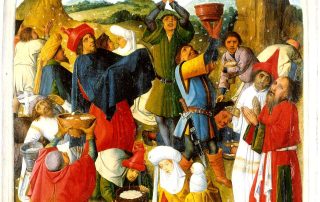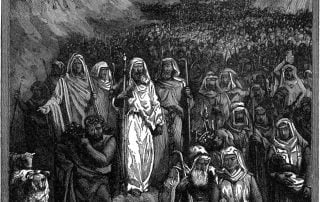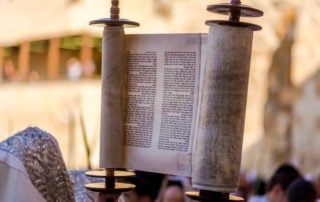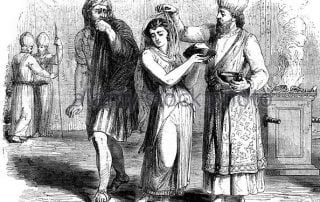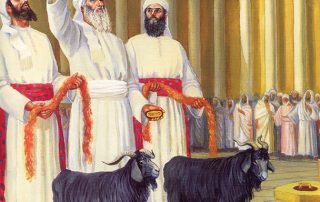Jewish Holidays
When was the World Created?
There is a dispute in the Talmud as to when the world was created. According to Rabbi Eliezer, the world was created in the month of Tishrei, the seventh month of the Jewish calendar when we celebrate the Jewish New Year, Rosh HaShanah. According to Rabbi Yehoshua, the world was created in the first month of the year, the month of Nisan (Talmud, tr. Rosh HaShanah, 10b). The Hassidic thought attempts to reconcile these opposite opinions, suggesting that both opinions are correct—the world was created in Nisan in thought, whereas in deed, it was created in Tishrei. The problem with this approach is that for halakhic (Jewish ritual law) purposes of calculating the Jewish calendar, the planets are deemed to have commenced their heavenly orbits in Nisan, not in Tishrei. How could planets that [...]


